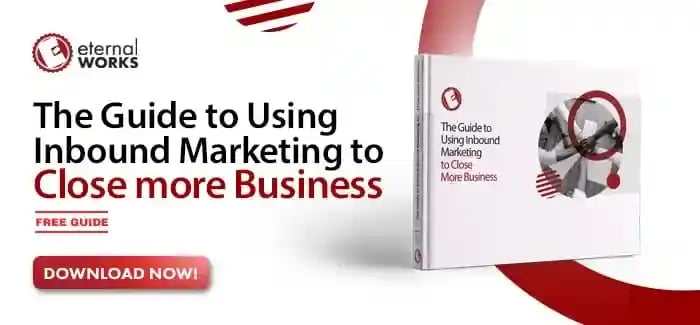They say content is king, but the truth is it all comes down to how you use it. Bland fluff with no value proposition and attempts to gain SEO traction for its own sake seldom win long-term brand trust—and certainly does nothing to encourage feelings of brand authority in your audience.
With that being the case, how can you best leverage content creation in inbound marketing? It all comes down to the effective deployment of both pillar pages and topic clusters—the meat on the bones of your content-strategy skeleton.
Ready to put these powerful tools to work for your organization? Let’s explore how it all works.
What are pillar pages?
Just as pillars hold up structures, pillar posts can be thought of as the underlying framework of your inbound marketing content.
Good pillar pages answer users’ questions and drive SEO engagement, but they often link to more in-depth explorations of given subject matter as they go, which is where topic clusters come in.
What is a topic cluster?
True brand authority comes from thought leadership, and it’s within topic clusters that your content creators and marketing leaders can best put that into action.
What often gets forgotten about SEO is that the goal is to make searching the web more conversational. Topic clusters are the answer to this, providing in-depth answers to user inquiries optimized to capture long-tail keyword inquiries.
Why are pillar pages and topic clusters important?
Pillar pages and topic clusters are another positive iteration in how inbound marketing specialists are keeping brand trust strong, all while moving with the times as the internet and its usage evolves.
There are countless advantages to be had here, yet they can be distilled into two key elements.
They make a positive impact on SEO
SEO has seemingly never been more competitive. Yet while keyword optimization and other inbound marketing strategies can do plenty to convert in the short term, real SEO leverage comes from establishing a more permanent level of brand authority.
This is something that pillar pages and topic clusters were each implicitly designed to achieve.
They narrow the reader’s attention
By its very nature, the online world is an absolute hotbed of distractions and competing sources of information. Central to any inbound marketing team’s job is not only capturing users’ attention but training it on the resources available in your own business ecosystem alone.
Effective brand trust compounded by useful pillar pages and deep, valuable topic clusters works wonders in this regard, keeping users coming back to you as the thought leader and go-to resource on the subject at hand.
Examples of Pillar Pages and Topic Clusters Increasing Brand Authority
Pillar pages and topic clusters can work wonders for brand trust and SEO if accomplished correctly. Understanding how best to leverage these powerful resources is key to any successful inbound marketing strategy.
Luckily, there are several examples of this tactic being effectively deployed to use as case studies today.
Cloud Elements: The Definitive Guide to API Integration
Although they are often designed for ease of use, API integrations still require no small amount of technical know-how to really make the best use of.
By breaking down this topic into key pillar pages and then expanding accordingly in relevant topic clusters, Cloud Elements’ Definitive Guide helps users duck in and out of the content to find what they need quickly and easily.
Matthew Howells-Barby: Customer Acquisition Strategies
Leading inbound marketing thought leader Matthew Howells-Barby has developed a key strategy behind using his positive industry reputation to create pillar pages from which more in-depth topical clusters can organically grow.
HubSpot: The Ultimate Guide to Productivity Apps
HubSpot overall, perhaps fittingly, has mastered the advantages of the "pillar pages to topic clusters" approach.
Their blog on productivity apps, for example, summarizes its content handily close to the top and provides links for users to skip to the topics that appeal to them the most. The topic clusters themselves naturally segue out of those headers.
How to use pillar pages and topic clusters in your inbound marketing
As with so much of inbound marketing, the secret to effectively deploying pillar pages and topic clusters is about understanding and providing what your customers want.
Essentially, your content strategy won’t need to change much—simply the structure underpinning it.
Improving your brand authority with pillar pages
Brand authority and thought leadership often go hand in hand, and this is what makes pillar pages so effective. These can give at-a-glance details on issues and inquiries your customers are facing, with links to richer topic clusters for deeper insights.
Establishing your brand authority with topic clusters
Knowledge is power, and customers love brands that make them feel empowered. Rich, detailed—but still accessible—topic clusters can help customers troubleshoot products, make informed purchasing choices, and understand your brand authority in greater depth.
Key Takeaways
Pillar pages and topic clusters, when used well in inbound marketing, align your business with the evolving future of SEO. With them, you can deepen brand trust and establish a long-term rapport with your users.
Of course, there are plenty of complementary strategies you can put into play too—and we have them ready for you in our free ebook.



